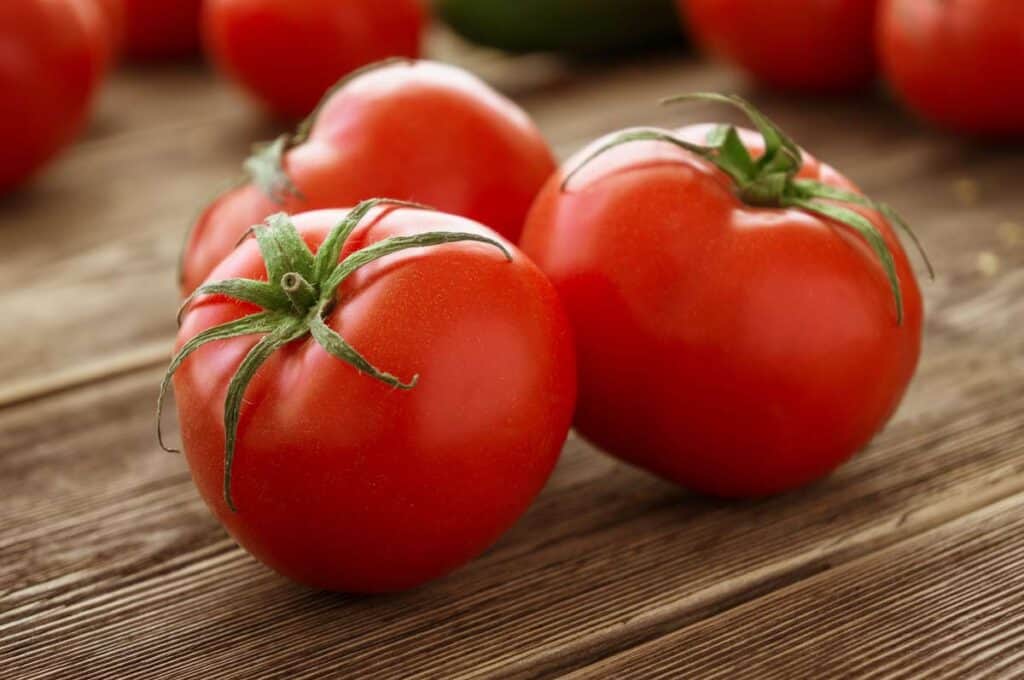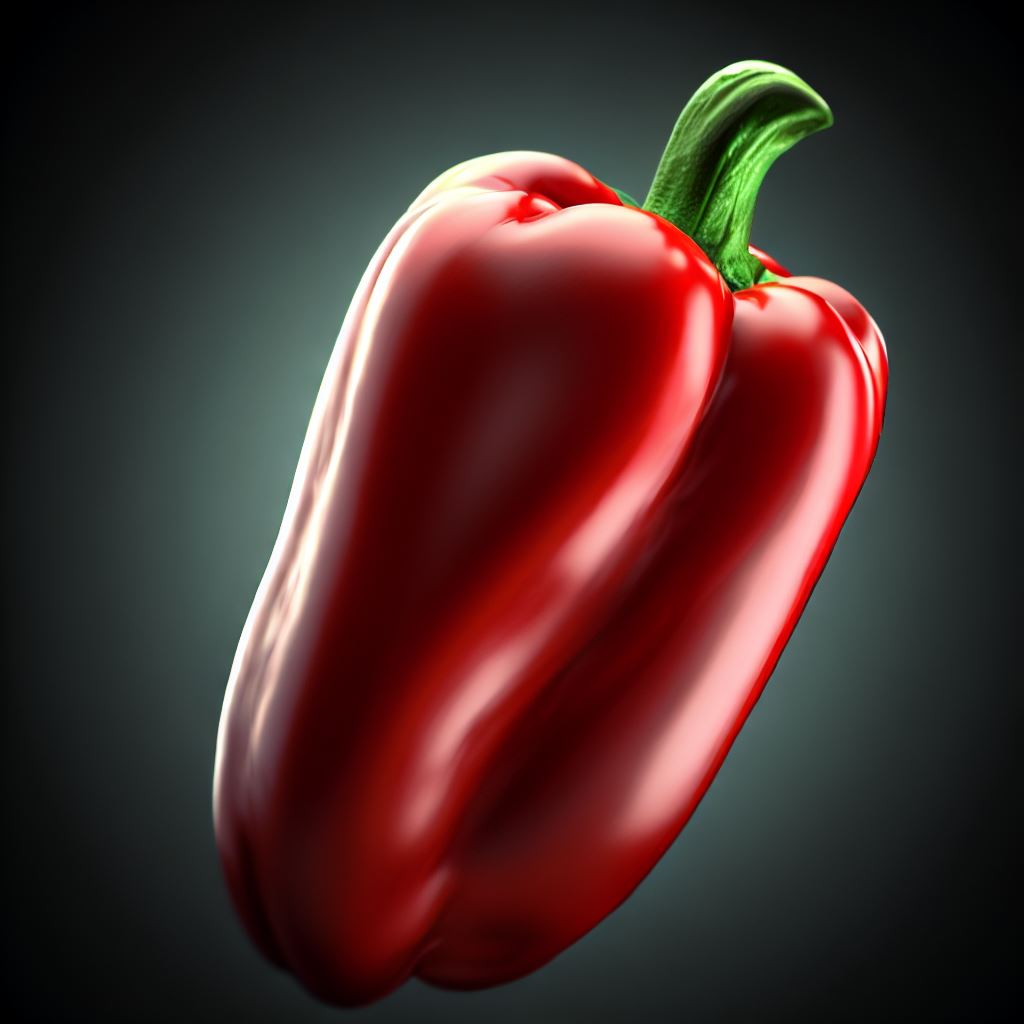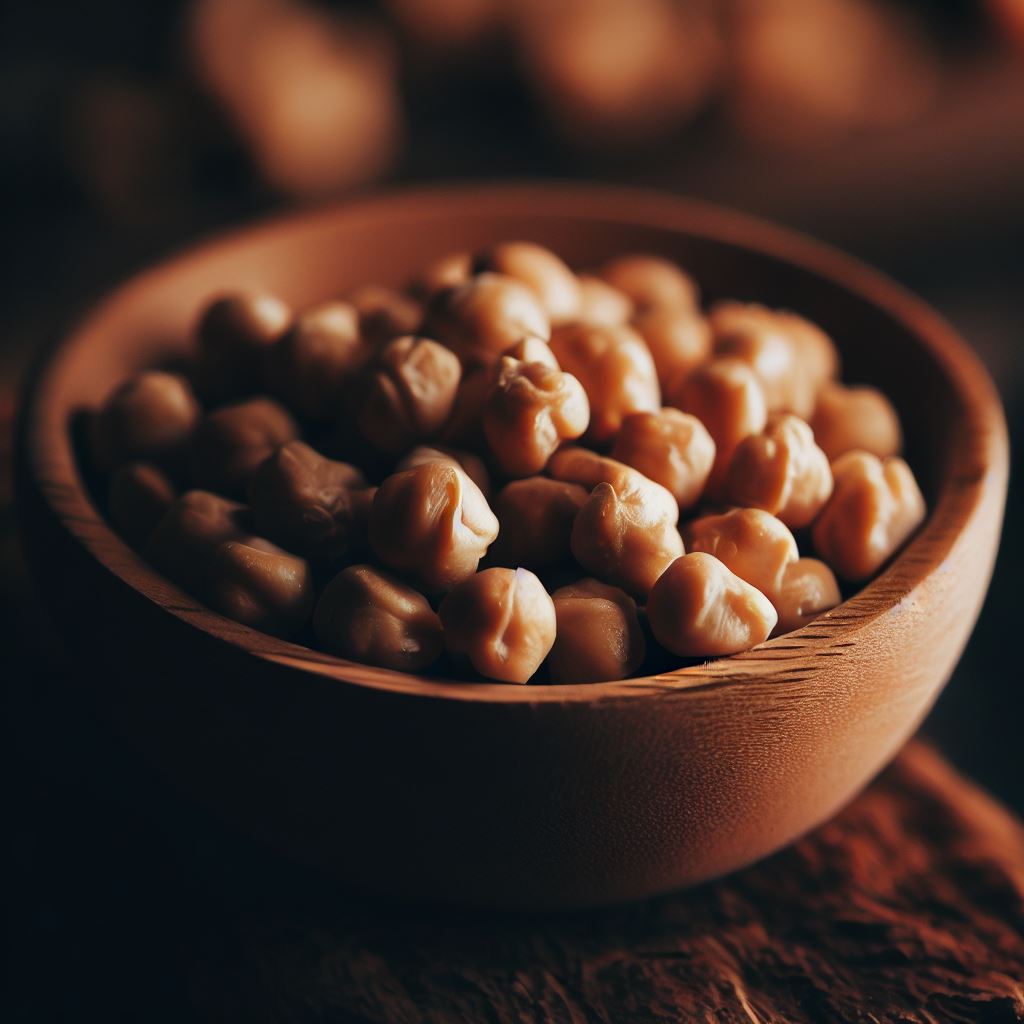pepper
This food is also an important source of vitamin C, especially red peppers. We have not said it
before, but vitamin C is a powerful antioxidant that, in addition, intervenes in processes as
important as the formation of collagen, red blood cells, bones and teeth. As if that were not
enough, it favors the absorption of iron from food and increases resistance to infections.
Also noteworthy in peppers is the high concentration of carotenes, among which is capsanthin,
another antioxidant pigment.
Nor should we underestimate its content in provitamin A, which the body transforms into vitamin
A, an essential nutrient
for vision, the good condition of the skin and hair or the proper functioning of the immune system.
It even prevents skin cancer.




